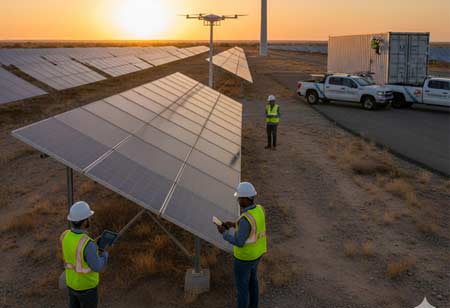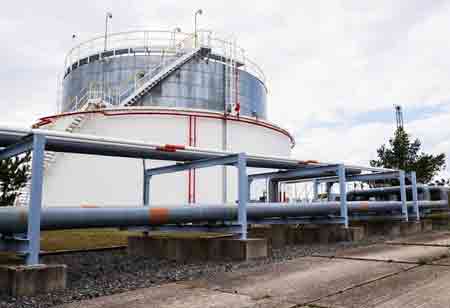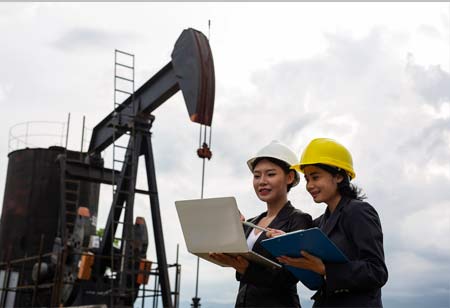Thank you for Subscribing to Energy Business Review Weekly Brief
AI Impacts On The Energy Sector
Artificial intelligence is anticipated to increase the efficiency of renewable energy resources by automating operations in the wind and solar energy industries.

By
Energy Business Review | Sunday, January 23, 2022
Stay ahead of the industry with exclusive feature stories on the top companies, expert insights and the latest news delivered straight to your inbox. Subscribe today.
Artificial intelligence is anticipated to increase the efficiency of renewable energy resources by automating operations in the wind and solar energy industries. AI is efficient in making the energy system more intelligent and flexible. In addition, AI algorithms can assist utility companies in understanding and optimizing consumer behavior and managing energy consumption over various sectors.
Complicated machine learning algorithms integrated with weather data from satellites and climate models can be utilized to forecast the electricity created by renewable resources such as wind, solar, and ocean.
AI-based applications can produce more opportunities for the energy sector by:
• Developing software applications to examine large data sets to identify patterns, detect anomalies, and make precise predictions.
• AI integrated Smart applications can automatically make precise decisions based on learning.
• Offering customer-centric solutions that perceive new customer needs and provide solutions
• Through predictive analytics to enhance equipment and predict downtime
• Leveraging blockchain to protect data.
Predictive Maintenance and Cognitive Vision
Predictive maintenance utility equipment, allowed by AI and IoT, prevents unforeseen equipment failure and predicts wear and tear of equipment, enabling timely maintenance that can extend the life cycle of complex and costly machinery. In addition, predictive maintenance of machinery and equipment can guarantee the safety of human crews who operate with massive equipment.
Autonomous Energy Production
The Renewable energy industry and universal risk management consultants forecast that wind and solar farms could produce energy without any human involvement one day. Likewise, autonomous mining plans its ultimate operation without any human workers. Self-driving excavators and haulers will remove minerals from the 500-meter deep site. A 5G wireless network can link all machinery and sensors to ensure high production.
Environmental and Safety Upgrades
Mining companies leverage IoT and machine learning to improve worker safety and environmental compliance using intelligent sensors. For example, wireless sensor networks ensure early detection of excessive vibrations that could lead to structural collapses and also detect the presence of dangerous combustible gases such as methane. Data gathered by these sensors and workers’ wearable sensors are used to conduct site surveillance, minimizing future dangers.






